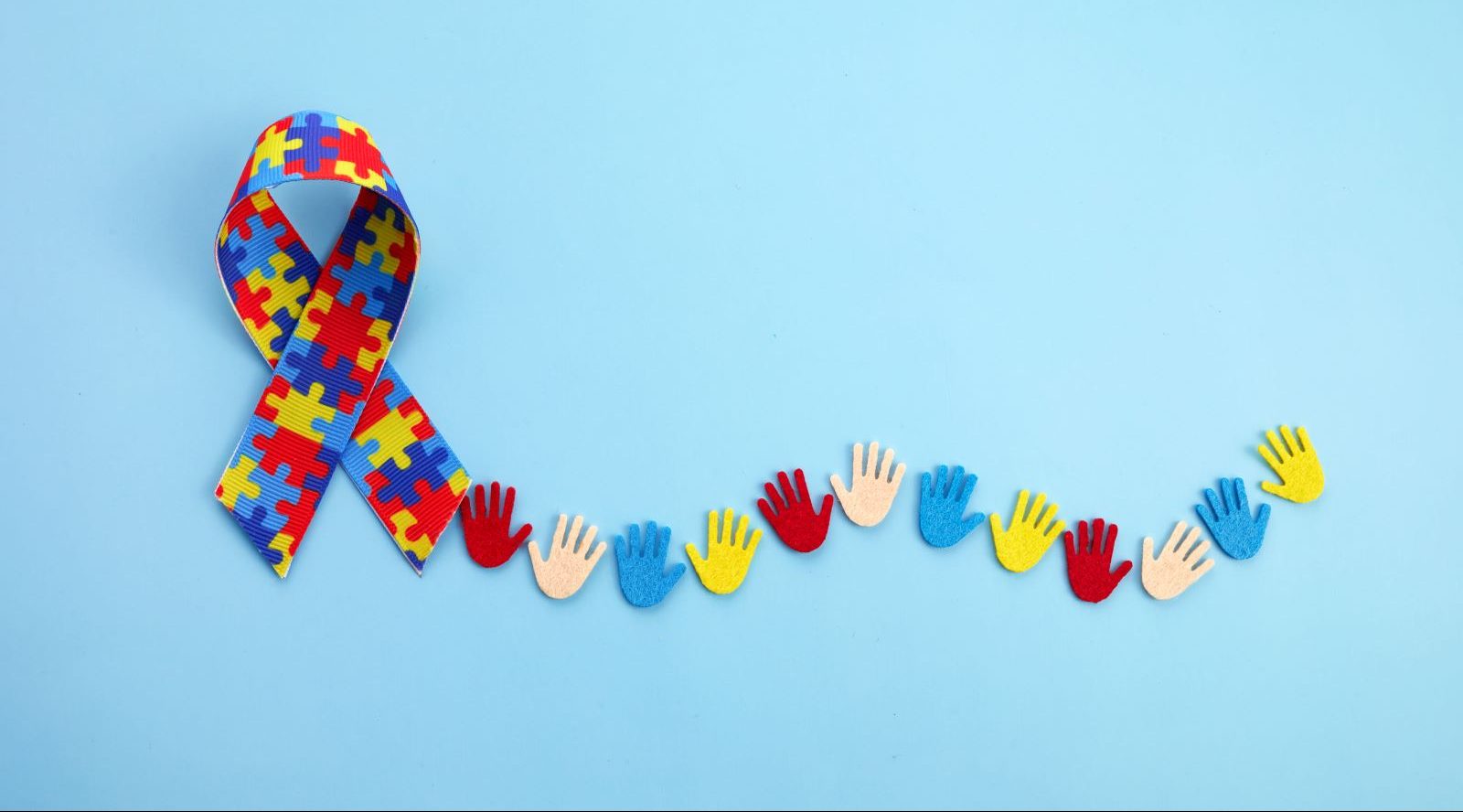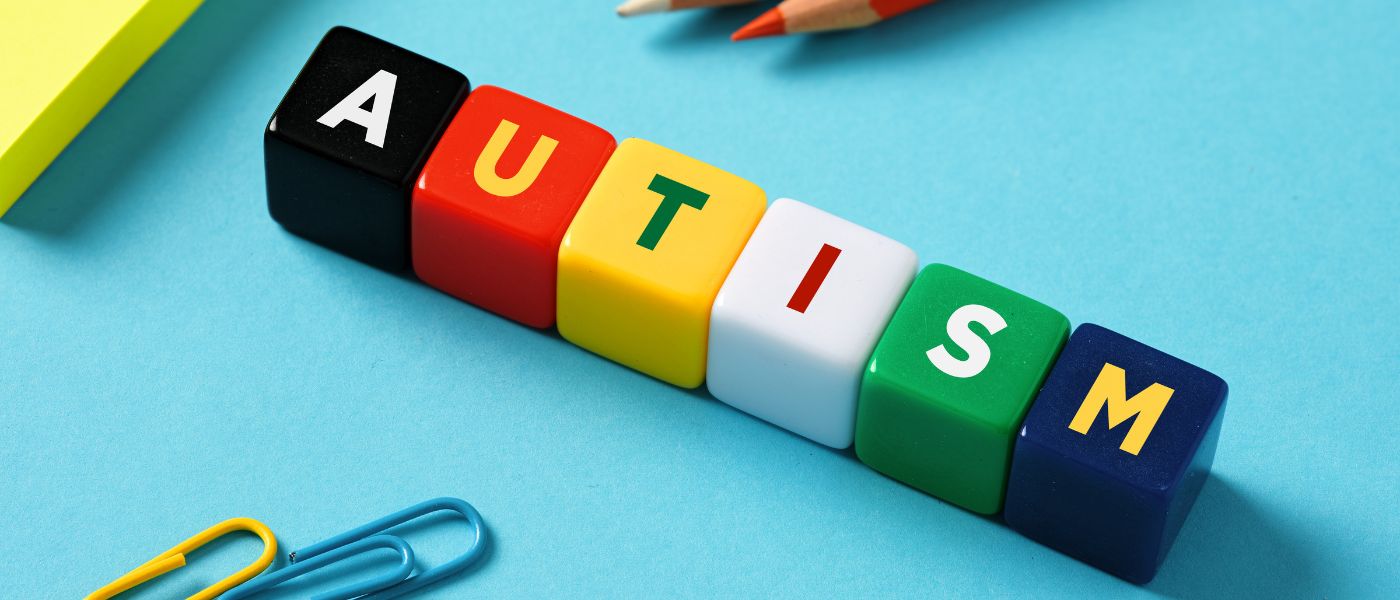Dealing With Usual Myths: What You Should Understand About Autism Today
Dealing With Usual Myths: What You Should Understand About Autism Today
Blog Article
Recognizing Autism: A Comprehensive Guide to Signs and indicators
Autism Range Problem (ASD) includes a broad variety of qualities that can dramatically influence an individual's social interactions and day-to-day performance. Recognizing these subtleties not just help caregivers and educators in supplying appropriate support but also promotes an extra inclusive environment for individuals with ASD.
Overview of Autism Range Condition
Specifying Autism Spectrum Condition (ASD) entails recognizing it as a complex neurodevelopmental problem defined by a series of difficulties in social communication, interaction, and behavioral patterns. The term "spectrum" mirrors the large irregularity in symptoms and their severity, which can vary substantially from one person to an additional. ASD normally shows up in very early youth, although some people may not receive a medical diagnosis up until later on in life.
Elements influencing the growth of ASD consist of environmental aspects and genetic predispositions, although the exact causes remain under investigation. Medical diagnosis frequently relies on behavioral assessments, as there are no definitive clinical tests for ASD. Early treatment is vital and can considerably improve results, concentrating on enhancing communication abilities, social interactions, and flexible habits.
People with ASD may likewise show distinct strengths, such as outstanding interest to detail or particular areas of expertise. Comprehending the complex nature of ASD is important for promoting a comprehensive environment that suits neurodiversity. Proceeded research study is important for establishing reliable interventions and support systems, enabling people with ASD to thrive and meet their prospective within culture.
Usual Signs of Autism
Identifying the usual signs of Autism Spectrum Disorder (ASD) is crucial for very early identification and intervention. These indications can differ widely in seriousness and presentation, yet particular characteristics are often observed in individuals with ASD.
One of the most common indications is a marked difficulty in developing and preserving eye call. Individuals may likewise show minimal interest in social communications and reveal a choice for singular play. Repetitive habits, such as hand-flapping, rocking, or spinning things, often arise early in youth. In addition, some children may establish strict routines and become troubled if these regimens are interfered with.
Sensory level of sensitivities are additionally typical; individuals might panic or underreact to sensory stimuli, such as noises, lights, or appearances. autism. Language advancement can be atypical, with some children displaying delayed speech or using language in uncommon ways, consisting of echolalia-- duplicating sentences or phrases listened to elsewhere
It is necessary to note that not every individual with ASD will certainly show all these indicators, and the level of these habits can vary considerably. Early acknowledgment enables prompt assistance and resources, improving the high quality of life for those on the spectrum.
Social Interaction Obstacles
Social communication obstacles are a trademark of Autism Spectrum Disorder (ASD), influencing an individual's capacity to involve efficiently with others. These difficulties can show up in different means, consisting of challenges in initiating and preserving conversations, understanding social hints, and reacting suitably in social interactions.
People with ASD might fight with nonverbal interaction, such as eye call, faces, and body language. This can bring about misconceptions, as their communicative intent might not be appropriately interpreted by others. They may locate it tough to understand the subtleties of tone and context, which are necessary for efficient interaction.
In team setups, individuals with ASD may really feel overwhelmed and may not understand how to sign up with in conversations (autism). They may additionally exhibit atypical conversational patterns, such as monologuing about particular passions without acknowledging social reciprocity
Furthermore, these obstacles can result in social seclusion or problems in forming connections, as peers may misinterpret their behavior or communication style. Comprehending these social interaction difficulties is critical for fostering supportive atmospheres that promote social abilities advancement and improve the high quality of interactions for individuals on the autism range.
Sensory Level Of Sensitivities and Reactions
Many individuals with Autism Spectrum Problem (ASD) experience heightened sensory sensitivities that can dramatically impact their everyday lives. A person with ASD may discover you could try this out daily sounds, such as a vacuum cleanser or crowded atmospheres, extremely upsetting, leading to anxiousness or meltdowns.
Sensory processing differences in individuals with ASD can also influence their capability to take part in social interactions and regular activities. A youngster that is delicate to touch might withstand physical affection or stay clear pop over to this site of specific clothing textiles. A choice for certain textures or tastes can limit nutritional options and create difficulties throughout mealtimes.
Understanding these sensory sensitivities is important for acknowledging the distinct experiences of individuals with ASD. Awareness of their sensory profiles can promote better communication and assistance approaches, developing an environment that fits their requirements and improves their lifestyle. Inevitably, acknowledging sensory sensitivities is a crucial part of understanding the more comprehensive range of autism.

Sustaining Individuals With Autism
Efficient support for individuals with Autism Range Problem (ASD) is vital for boosting their overall health and cultivating self-reliance. Assistance strategies need to be customized to meet the one-of-a-kind requirements of each person, considering their toughness and difficulties.

Social abilities training can also play a pivotal function. autism. Involving individuals in team activities or role-playing circumstances can boost their ability to navigate social communications. Additionally, it is crucial to enlighten member website here of the family, caretakers, and peers regarding ASD to promote a helpful and comprehensive neighborhood
Final Thought
By fostering enhanced interaction and social abilities, individuals with autism can browse their atmospheres much more efficiently. Eventually, boosted recognition and support can dramatically boost the top quality of life for those affected by ASD.
Autism Range Condition (ASD) encompasses a large variety of characteristics that can substantially influence an individual's social communications and day-to-day functioning.People with ASD might battle with nonverbal interaction, such as eye call, facial expressions, and body language.Numerous people with Autism Spectrum Disorder (ASD) experience enhanced sensory level of sensitivities that can significantly influence their daily lives.Sensory processing differences in individuals with ASD can additionally influence their capability to engage in routine tasks and social communications.Understanding these sensory level of sensitivities is vital for identifying the unique experiences of people with ASD.
Report this page